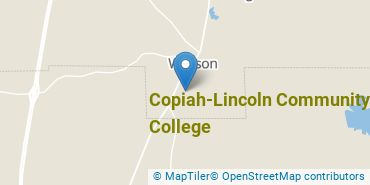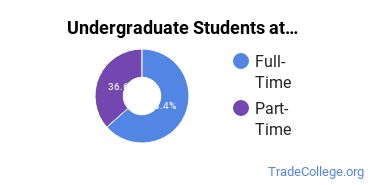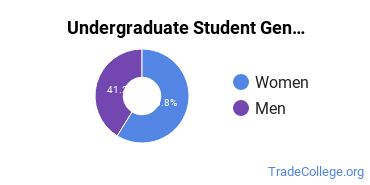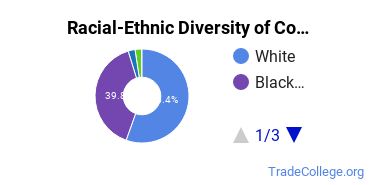Copiah-Lincoln Community College Trade Programs
Located in Wesson, Mississippi, Copiah-Lincoln Community College is a public institution. Copiah-Lincoln Community College is located in the countryside, which is perfect for students who enjoy a rural lifestyle.
Featured schools near , edit
Where Is Copiah-Lincoln Community College?

Contact details for Copiah-Lincoln Community College are given below.
| Contact Details | |
|---|---|
| Address: | 1001 Co-Lin Lane, Wesson, MS 39191 |
| Phone: | 601-643-5101 |
| Website: | www.colin.edu |
Can I Afford Copiah-Lincoln Community College?
| In State | Out of State | |
|---|---|---|
| Tuition | $3,500 | $4,500 |
| Fees | $500 | $500 |
| Books and Supplies | $1,400 | $1,400 |
| On Campus Room and Board | $5,000 | $5,000 |
| On Campus Other Expenses | $3,550 | $3,550 |
Student Loan Debt
Almost 66% of college students who graduated with the class of 2018 took out student loans, but that percentage varies from school to school. At Copiah-Lincoln Community College, approximately 10% of students took out student loans averaging $4,572 a year. That adds up to $18,288 over four years for those students.
Copiah-Lincoln Community College Undergraduate Student Diversity

Gender Diversity
Of the 1,925 full-time undergraduates at Copiah-Lincoln Community College, 40% are male and 60% are female.

Racial-Ethnic Diversity
The racial-ethnic breakdown of Copiah-Lincoln Community College students is as follows.

| Race/Ethnicity | Number of Grads |
|---|---|
| Asian | 7 |
| Black or African American | 808 |
| Hispanic or Latino | 37 |
| White | 1,033 |
| International Students | 0 |
| Other Races/Ethnicities | 40 |
Over 5 countries are represented at Copiah-Lincoln Community College. The most popular countries sending students to the school are Colombia, Trinidad and Tobago, and Czech Republic.
Copiah-Lincoln Community College Trade School Concentrations
The table below shows the number of awards for each concentration.
References
*The racial-ethnic minorities count is calculated by taking the total number of students and subtracting white students, international students, and students whose race/ethnicity was unknown. This number is then divided by the total number of students at the school to obtain the racial-ethnic minorities percentage.
More about our data sources and methodologies.
Featured Schools
 Request Info
Request Info
|
Southern New Hampshire University You have goals. Southern New Hampshire University can help you get there. Whether you need a bachelor's degree to get into a career or want a master's degree to move up in your current career, SNHU has an online program for you. Find your degree from over 200 online programs. Learn More > |
